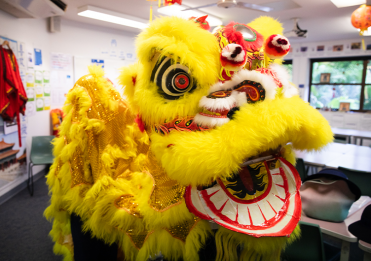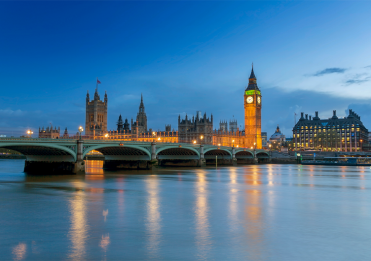Good morning, Ms Euler, staff, and students. My name is Liza, and I am honoured to be delivering this year’s ANZAC Address.
War is driven by the most extreme of human nature: hatred; anger; fear. Yet, through all of this, the human resilience and determination to fight in the name of nationality, love, and devotion, rings through those who represented our nation in our times of war.
This passionate duality is what shapes a war’s legacy. Yet amongst this time of polarised contention in 1914, World War I, one of the greatest unifications of the Australian population shaped the ANZAC’s legacy. Beyond race, religion, sexuality, upbringing; our soldiers learned the true meaning of community—that unity goes well beyond individual difference.
But what is the context of this lesson?
In the beginnings of the war, with Australia’s involvement still on the horizon but an inevitable development that the nation needed to prepare for, the enlistment of any citizens not deemed part of the Commonwealth and male was banned; coupled with enlistment heavily excluding those who did not meet societal ideals—those who did not meet the stereotype of a traditional, straight, cisgender, able-bodied upbringing.
Yet, as the demand for soldiers grew to extreme measures, these ‘ideals’ were relaxed in order to meet soldier quotas. Resultingly, several soldiers who did not immediately make it through the initial enlistment process were in training. When pushed to extreme conditions, inclusivity became blurred with necessity.
Once we saw these soldiers during training, and extending further to the trenches, we found that it was the stripping of traditional social stigma and prejudice that saw our nation succeed. Comradery, friendship, trust, were all descriptors of the ANZAC identity. Descriptors that rely on the ability to look beyond surface-level judgement. President of the Aboriginal and Torres Strait Islander Veterans and Service Association, Gary Oakley, puts it in plain terms, ‘When you are in the trenches, you do not have the option of disliking the person behind you.’
In fact, it was the ANZACs who received some of the first inclusive recognition of service for diverse groups. Several Indigenous, Asian, and disabled soldiers found their place amongst this military. Several Sergeants, Corporals, Lieutenants—positions which under other any other circumstance were not attainable—were held by racial, sexual, and ethnic minorities. Equal pay and recognition made the ANZAC morale unique; it was what shaped the Australian and New Zealand identity. It was what made an army, a legend.
Yet upon return, this respect and recognition disintegrated. For Indigenous soldiers, access to RSL clubs was denied, access to soldier settlement schemes, denied, wages and penalties in certain states, denied by Native Welfare Agencies. Photographs published of ANZAC soldiers in media were carefully chosen to display the ideal depictions of the ANZAC identity—not one of inclusion, but of the white Australian archetype. Statues and memorials did not display the diversity that made these soldiers stand out as exceptional. And that legacy still lived on; in 1982, representative of the Gay Ex-Services Association, Bruce Ruxton, was prevented from laying a wreath at the Shrine of Remembrance in Melbourne.
This was not a representation of the ANZAC spirit; while a forced circumstance for these soldiers, the results were clear. While it was the breaking of social barriers that shaped this extraordinary community—paving the way for inclusive enlistment—prejudice stripped the ANZAC reality to model a selective social ideal.
The ANZAC identity is shaped around unity, comradery, and friendship; looking beyond prejudice to achieve a common goal. It is when we embrace our individual differences to form community that we succeed and leave an outstanding legacy. That is what the ANZAC story teaches us. Let us lead a nation of inclusion and love, because that is what defines our national identity; love for everyone’s difference in experience, individuality, and person, which creates Australian unity. Let the ANZAC identity lead our legacy. Let love and acceptance drive our nation.





